Before replacing the flooring, it is often necessary to use methods to remove the old floor or use it as a rough base at minimal cost. For example, when buying an apartment with parquet flooring, in most cases repairs are required, so linoleum will be laid on the floor. But do they put linoleum on parquet? This task is not easy, since the linoleum canvas does not always get along on wooden floors.
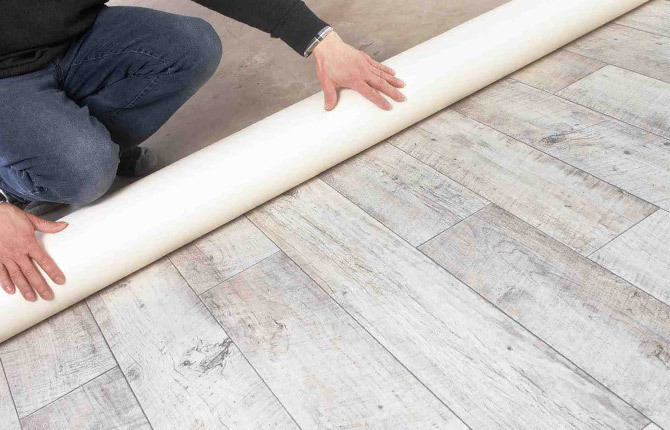
The content of the article:
- Is it possible to put linoleum on the parquet
- The technology of laying linoleum on parquet
-
How to prepare the surface before laying linoleum on a parquet floor
- Parquet repair
- Sophisticated options for parquet floor preparation
- How to prepare linoleum
-
How to lay linoleum on old parquet
- How to lay linoleum on glue
- Free linoleum flooring on parquet
Is it possible to put linoleum on the parquet
You can’t just take and lay linoleum material on parquet boards. Even on plank floors, laying linoleum is not recommended, since old floorboards do not provide the proper level of rigidity of the rough base.
Linoleum is placed on the processed and prepared parquet. Otherwise:
- Linoleum cracks.
- Part of poorly fixed boards can be torn off from the place of laying due to the drying of the base of the linoleum coating.
- The parquet will creak due to the accumulation of moisture. Linoleum cloth, unlike other types of flooring, practically does not let water vapor and water through.
Putting linoleum on parquet also means blocking moisture. Parquet wood can rot and swell, often resulting in warping.
Linoleum is placed on old parquet, especially if the coating is already many years old, there are holes and humps on the surface, and dismantling or restoration will require financial costs. For example, it makes economic sense to lay linoleum on parquet pasted on bituminous mastic. Provided that the difference in thickness of the boards is not more than 3 mm. If in the thinnest place the parquet flooring is not thinner than 8 mm, then in order to lay linoleum, you only need to level the surface and make minor repairs.
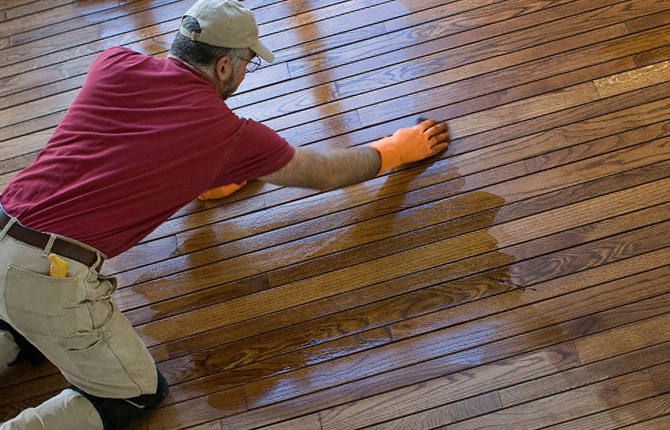
The technology of laying linoleum on parquet
There are several ways to lay linoleum over parquet, but first you need to make sure of the following:
- The old parquet is not rare (there should be a branded facsimile on the back side). Today, a parquet board made of valuable wood (with minor defects) can cost more than a new glued board imitating real parquet. Such a coating needs to be restored, repaired or sold to restorers. Putting linoleum on such parquet does not make sense.
- The parquet floor is laid on mastic or any other adhesive composition (but not on oil paint). This is called floating laying, and it is impossible to lay on such a base. Must be glued to concrete. In this case, it is cheaper and easier to disassemble and discard parquet boards.
Lay a new floor covering only on condition that the subfloor (in this case parquet) is securely fixed, sanded and primed. It can be laid on the lining material (felt or cork) or laid directly on the parquet.
In some cases, for example, cold floors, OSB sheets are additionally sewn onto the parquet, 12-16 mm thick, and only after that linoleum is laid.
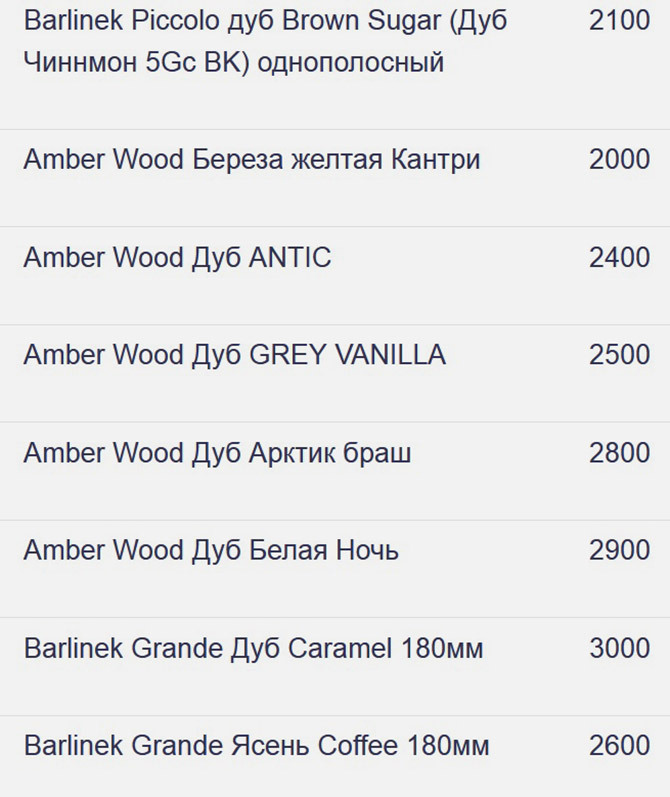
How to prepare the surface before laying linoleum on a parquet floor
Preparation takes the most time and effort. Before laying linoleum, you need:
- Repair the parquet, cut out defective slabs, replace them with new ones, glue and cut the patches to the level of the main floor.
- Wipe the surface of the parquet floor with any good quality acrylic primer. As a rule, the ends and the back of a parquet board are impregnated with varnish or wax - they will not let moisture through, but the gaps must be filled in order to make the coating more rigid.
- Sand the surface at the points of greatest swelling of the planks.
- Cover the floor with polyurethane varnish, if the parquet is in very poor condition, then a cheap varnish composition (oil) is used, the longer it dries, the better.
After acrylic varnish, linoleum can be laid after 6-7 hours, but oil treatment should dry for at least 5 days. Sometimes craftsmen offer to save time and effort, instead of processing and stripping, stick sheets of fiberboard on the parquet.
It is easier and faster to lay linoleum on such a basis, but there is one drawback. If there is no waterproofing under the parquet (film or mastic layer), then the sheets of fibreboard (essentially cardboard) will bubble up and the linoleum will pop when you walk. So instead of putting fiberboard coating, it is better to spend money to carefully sand the "humps" and treat the old wood twice with waterproof varnish.
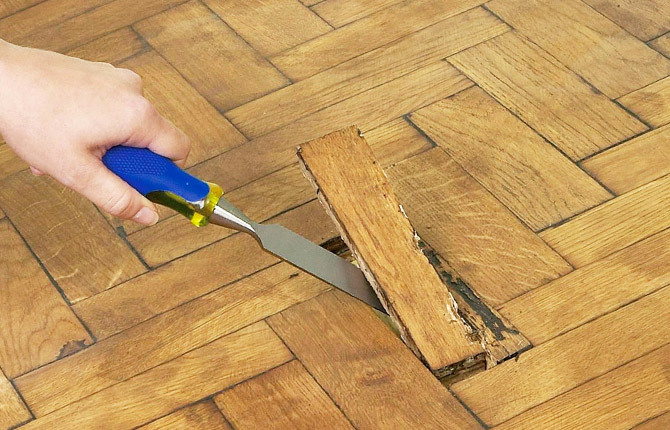
Parquet repair
The first 3-4 parquets removed from the floor will show the condition of the wood. If this is a rare floor, then it is better not to shoot further, but to transfer the case to professionals. The technology of dismantling such coatings is complex. Each plank is numbered, the seams are cleaned, and then heated to soften the bituminous mastic and removed.
On a simple parquet, a defective die is simply carefully cut down with a chisel, trying not to damage the spike and groove of adjacent boards. If the base is black, with signs of fungus or decay, then linoleum cannot be placed on the parquet floor. After a few years, due to the accumulation of condensate, the parquet will rot completely. The same goes for hardwood floors.
If everything is in order, then cut out the repair boards of the same size or fill the damaged area with a repair compound. The second option is worse, since all bulk compositions shrink.
In order to sand the protruding edges of the parquet or cut off the "hump", it is not necessary to use an expensive grinder to scrape the parquet. Everything can be done with a manual machine with tape sandpaper and an electric planer. You don’t have to try hard, the main thing is that there are no protruding edges - you still have to put linoleum on top, so the decorative look is not important.
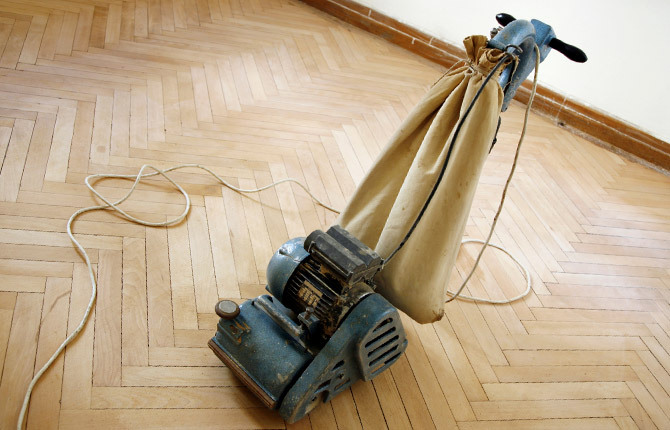
If the old parquet floor was regularly treated with mastic or wax, then the craftsmen recommend varnishing only if the linoleum is planned to be laid on the floor, without glue.
Before applying varnish, you need to clean the floor - not just blow the sawdust out of the joints, but conscientiously go through the entire parquet with a vacuum cleaner. If linoleum is planned to be laid on glue, then the floor may have to be wiped with a damp cloth and dried in a draft, without heating.
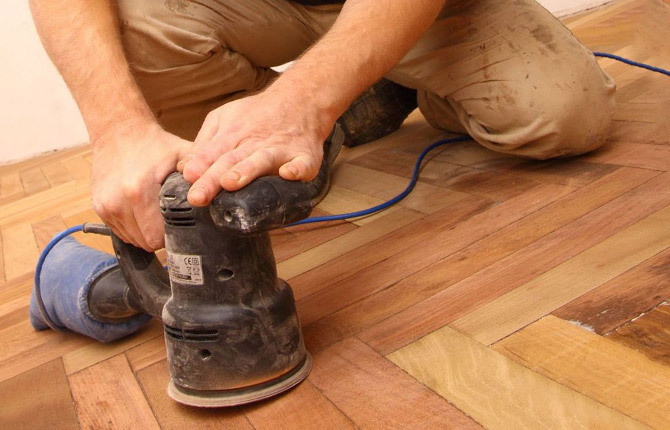
Sophisticated options for parquet floor preparation
Often the old coating is so broken that it may take another week to repair it with the replacement of planks. Therefore, to form a rough base, a self-leveling floor based on acrylic copolymers is poured over the prepared old parquet.
The thickness of the layer must be at least 10 mm above the level of the “highest” plank. The base will harden quickly, after 6 hours you can lay the lining material and the linoleum itself.
If there is a wooden base under the parquet - chipboard or thick plywood, then the most problematic planks are fixed with self-tapping screws, a couple of pieces per die are enough. Parquet floors can also be strengthened with nails, but only if the old parquet flooring was laid on a base knocked down from boards 30-40 mm thick. Nails - at an angle. You can score by dipping in drying oil, or through a piece of laundry soap. Otherwise, a nail will not go into an old oak or beech, you can only split the board.
How to prepare linoleum
There are several options for laying linoleum flooring. It all depends on the quality and type of linoleum. The problem is that the polymer sheet, regardless of its class, price and brand, is subject to shrinkage.
Even if it is supposed to lay commercial grade linoleum, there will still be shrinkage. Therefore, whether the master will put the material on adhesive tape or stick the canvas on the parquet, you need to get rid of shrinkage.
For at least a couple of weeks, the cloth should be cut and spread on the parquet floor. It is desirable that during this time the tenants of the apartment walk on the cloth, you can even transfer books and any heavy objects with a flat base.
How to lay linoleum on old parquet
You can often find recommendations not to lay linoleum on an old floor paved with a small wooden plank. It is believed that such a base, even after preliminary preparation, remains too soft. It is best to put on modern parquets, and the larger the size of the panels or boards, the better.
How to lay linoleum on glue
The procedure is the same as in the case of laying the canvas on plywood. We roll the linoleum spread on the floor into a roll, at the same time we wipe off dust and debris with a dry and clean rag that could stick to the back of the panel.
Next, glue sheets of wrapping paper onto the parquet. It is necessary to find a dense, thick, with a pronounced fibrous structure, without impregnation. Typically, such paper is used for the manufacture of packaging cardboard. We dilute PVA-M with a small amount of water to make the glue liquid.
The adhesive solution must be applied with a hard paint brush, then put a sheet of paper and press down with a soft wallpaper roller to remove bubbles. Glue should not impregnate the paper, only slightly moisten it.
After a day, it will be necessary to cut off the raised edges, glue the places where the paper has not stuck, and you can lay linoleum.
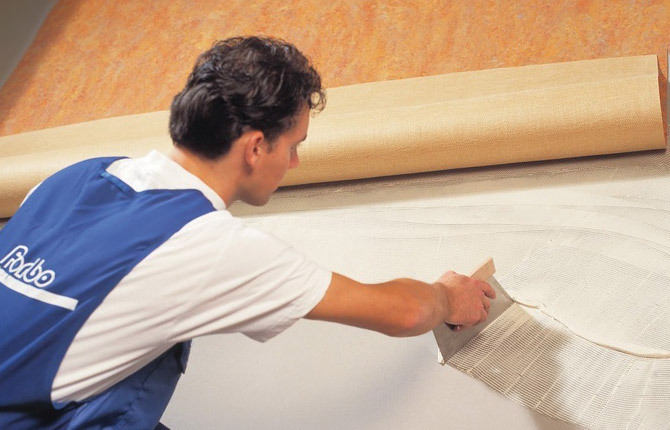
Laying linoleum on paper is even easier than on fiberboard or concrete. We apply a viscous mastic with a spatula and level it with a thin layer. At the same time, we roll out a roll of linoleum and press the canvas to the base with a roller. The edges of the linoleum sheet should overlap the wall (3-4 cm) and the adjacent panel.
After rolling out the rolls and sticking the linoleum, on the overlap line of 2 edges, you need to lay the oppression (load) from the material at hand. After the glue has dried, the overlap line is cut with a sharp shoe knife and a steel ruler for plumbing work.
Free linoleum flooring on parquet
The idea of laying linoleum flooring directly on top of an old parquet floor, without an adhesive backing, looks attractive. If only because the labor intensity of work is less and preparation is easier. The only negative can be considered the need for lining material.
In theory, linoleum can be laid without a lining, but in this case, you need to be prepared for the fact that the pattern of parquet dies will appear on the surface of the new coating. In addition, if some boards turned out to be poorly fixed and play ("swing") under load, then the lining material compensates for the movement and partially protects the linoleum from tearing.
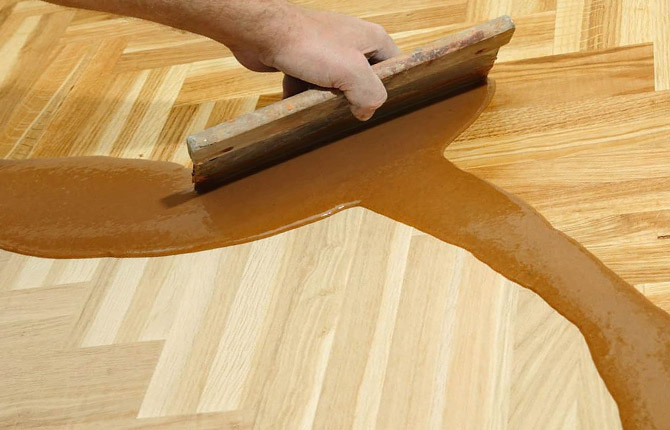
If there is no confidence in the strength of the old parquet, then it is best to use 2 layers - the first is laid from 3-4 mm polyethylene foam. It is used as a lining material for laminate flooring. The second layer is covered with fiberboard 4 mm thick.
Moreover, a soft lining is placed on double-sided tape, and the linoleum itself is laid out according to the principle of a floating floor - with a simple flooring. Only the seams and edges under the skirting boards are glued with adhesive tape.
Laying linoleum on parquet is possible only if the old parquet floor and linoleum coating are of relatively high quality.
It makes no sense to try to lay single-layer linoleum on the planks. Such a coating can only be glued to a solid base - self-leveling floor or concrete.
Tell us about your experience of laying linoleum on a parquet floor - how was the problem solved, what difficulties did you encounter? Share in the comments. Save the article to your bookmarks so you don't lose useful tips.


